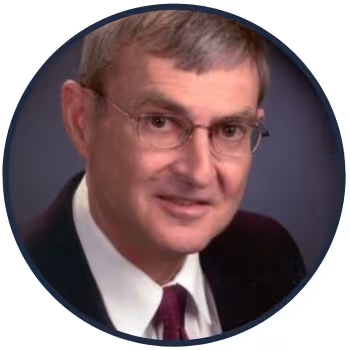
"Historically, the largest‑volume uses of reclaimed water were those that did not require high-quality water, (e.g., pasture or nonfood crop irrigation) and were often perceived as a method of wastewater disposal. Reclaimed water is now valued as a resource and the trend has shifted to higher level uses such as urban irrigation, toilet and urinal flushing, industrial uses, and indirect potable reuse via groundwater recharge and surface water augmentation. Research efforts in recent years have validated several treatment technologies capable of producing potable water that is safe (i.e., adequately protective of public health). Direct potable reuse regulations, currently under development, will require that reclaimed water produced for potable uses does not compromise health protection."
Jim Crook is an environmental engineer with more than 40 years of experience in state government and consulting engineering arenas, serving public and private sectors in the U.S. and abroad. He has authored more than 100 technical publications and is an internationally recognized expert in water reclamation and reuse. He has been involved in numerous projects and research activities involving public health, regulations and permitting, water quality, risk assessment, treatment technology, and other areas of water reuse. Crook spent 15 years directing the California Department of Public Health’s water reuse program, during which time he developed California’s first comprehensive water reuse criteria. He also spent 15 years with consulting firms overseeing water reuse activities and is now an independent consultant specializing in water reuse. He has served on several advisory panels and committees convened by the National Academy of Sciences, NWRI, and others. Among his honors, he was selected as the American Academy of Environmental Engineers’ 2002 Kappe Lecturer and the WateReuse Association’s 2005 Person of the Year. Crook received a B.S. in Civil Engineering from the University of Massachusetts and both an M.S. and Ph.D. in Environmental Engineering from the University of Cincinnati. He is a registered professional engineer in California and Florida.